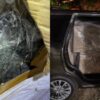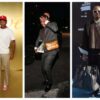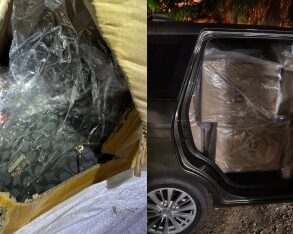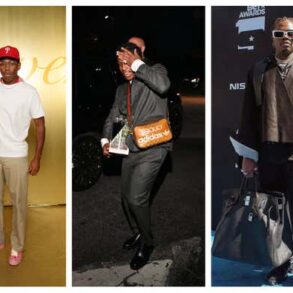The secondhand market has become an increasingly important part of the luxury market, rising to $50 billion last year, according to Bain & Company. With a limited supply of the most in-demand bags, some are turning to resale to avoid yearslong waitlists. At the same time, aspirational customers are taking advantage of better prices as a gateway to luxury.
But there are dangers to buying on the secondhand market: counterfeit products, which the rise in “dupe culture” has only helped to escalate.
Business Insider spoke to Hunter Thompson, the director of authentication and brand compliance at secondhand luxury retailer The RealReal, about the proliferation of increasingly convincing fakes.
“In 2024, if it can be faked, it’s faked,” Thompson said. “Someone wears something one day, and in a few weeks, it’s been counterfeited.”
Each month, The RealReal prevents about 5,000 fraudulent items from hitting the market and has kept more than 250,000 out of circulation since its inception in 2011. Some are sold by unwitting owners who have been misled, while others are part of a larger network of counterfeit suppliers seeking to make a buck from knock-offs.
Currently, the company is displaying 30 counterfeit bags intercepted at a popup on Canal Street — known for the fakes sold along its sidewalks — to display just how realistic they can be.
“The level of sophistication there has definitely only increased,” Thompson said, adding that wannabe sellers are even faking receipts, hoping that proof of purchase will sway someone to accept a rip-off.
Hardware — like the feet of a Birkin, zippers, and pulls — can indicate that something is off, as are discrepancies in logos and spacing. For less obvious inconsistencies, the company deploys a microscopic camera that compares the bag with thousands of others, looking at everything from the grain of the leather to the edges of a brand stamp.
Here are the bags that Thompson said are most commonly faked —and some tell-tale red flags to look out for.
“It changes and stays the same. There are always those bags that are going to be counterfeit,” he said. “Anything that’s popular is totally game for being counterfeited.”
This post was originally published on this site be sure to check out more of their content.





